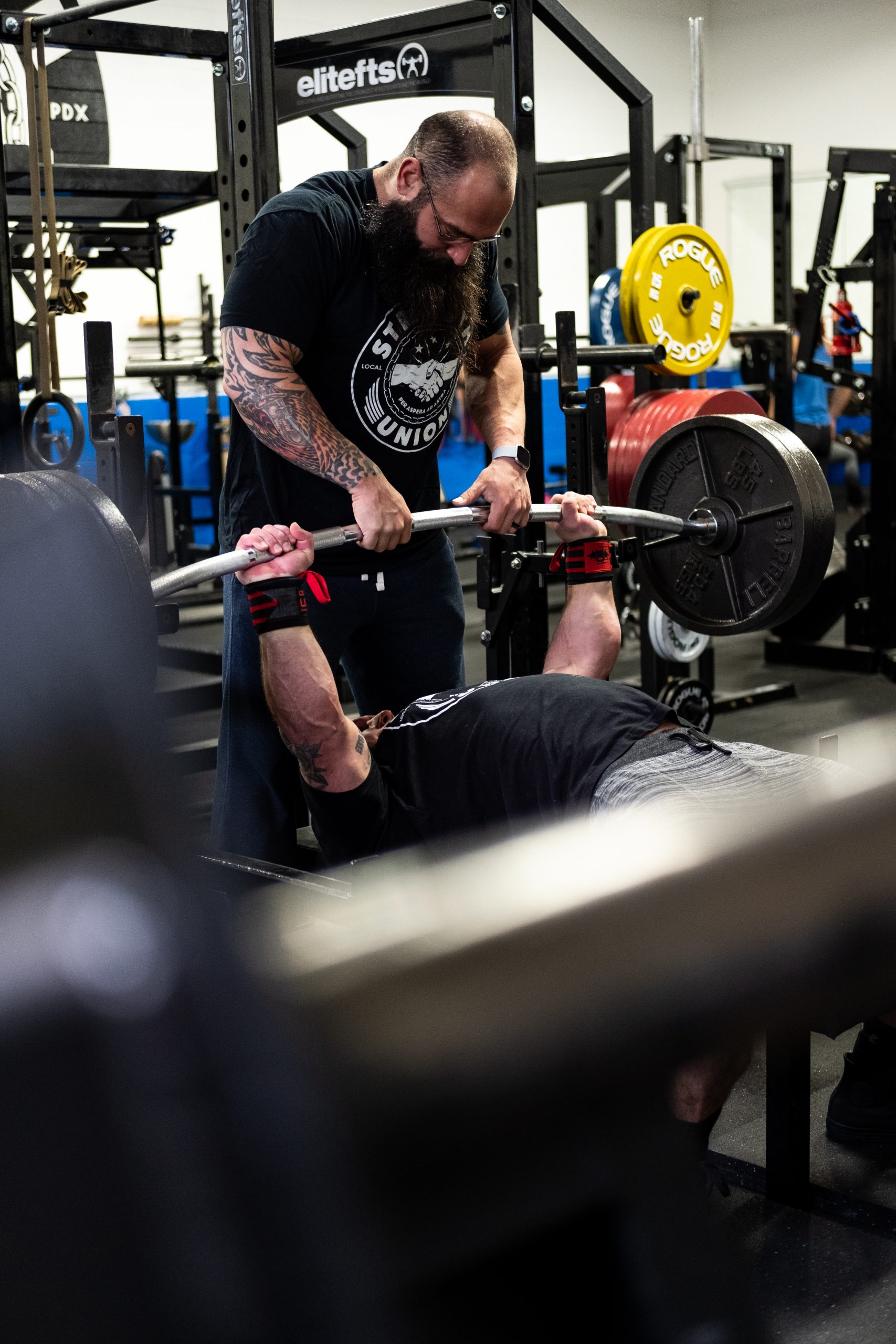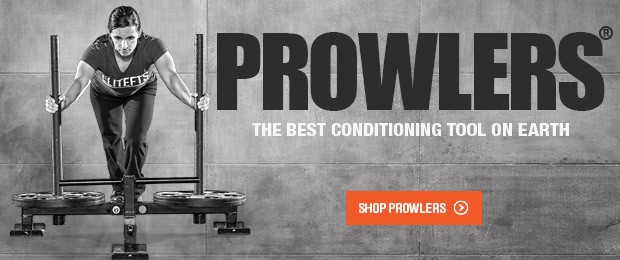
Last week I discussed what to look for when first starting to work with an athlete. The assessment process is a big step to allowing you to effectively program for your athlete, but that's just the initial step. Now it's time to think about some factors that go into setting up a successful program for your athlete.
The first thing you want to look at is the individuality of the athlete because each athlete has their own level of adaptability based on a lot of factors. These include our genetics, life stress, sleep, diet, hormones, anatomical features, work, and psychological characteristics. One athlete may do well with a certain exercise while another athlete may find that exercise useless or even worst detrimental to their performance. You can have the greatest scientific program in the world but that doesn't mean it will be equally effective for each athlete. Science is based on the averages so it may not always be applicable to the individual.
Next up is finding the optimal load for that given athlete in that given week and block of training. Some athletes may have a better aerobic base so they can push the volume and frequency better while another athlete may only be able to recover from half of that work load. Your training program is a continuous search for what is optimal for that athlete in that given time period. Just because last Mondays workout went great doesn't mean you just repeat the same thing because this Monday brings about a different athlete so you have to adjust accordingly. This is where the effect of diminishing returns comes into play. There has to be an adaption and this can be done through a bunch of different modalities such as an increase in volume, frequency, or load. This is determined by where the athlete is at in their given season or training block. Another way to look at diminishing returns is by looking at the increase of the risk of injury. By continuing to overload the athlete the risk of injury increases so being creative in your ways of creating adaption and when to push and pull back is extremely important. An injured athlete is an athlete that is regressing.
These are just a few of the basic principles I like to think of when setting up an athletes program. Next week I will get into specificity of movement and exercise selection, the benefits and downfalls of both. Dynamic correspondence and how to look at what exercises yield the best results for that given athlete.









